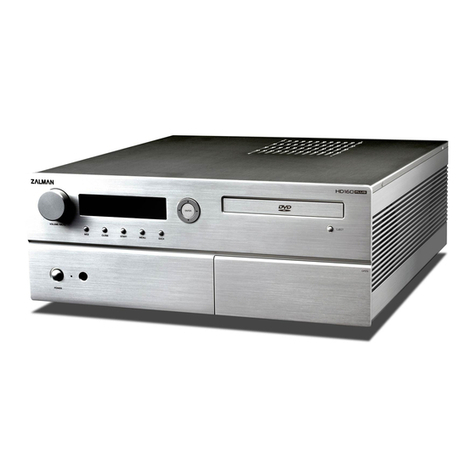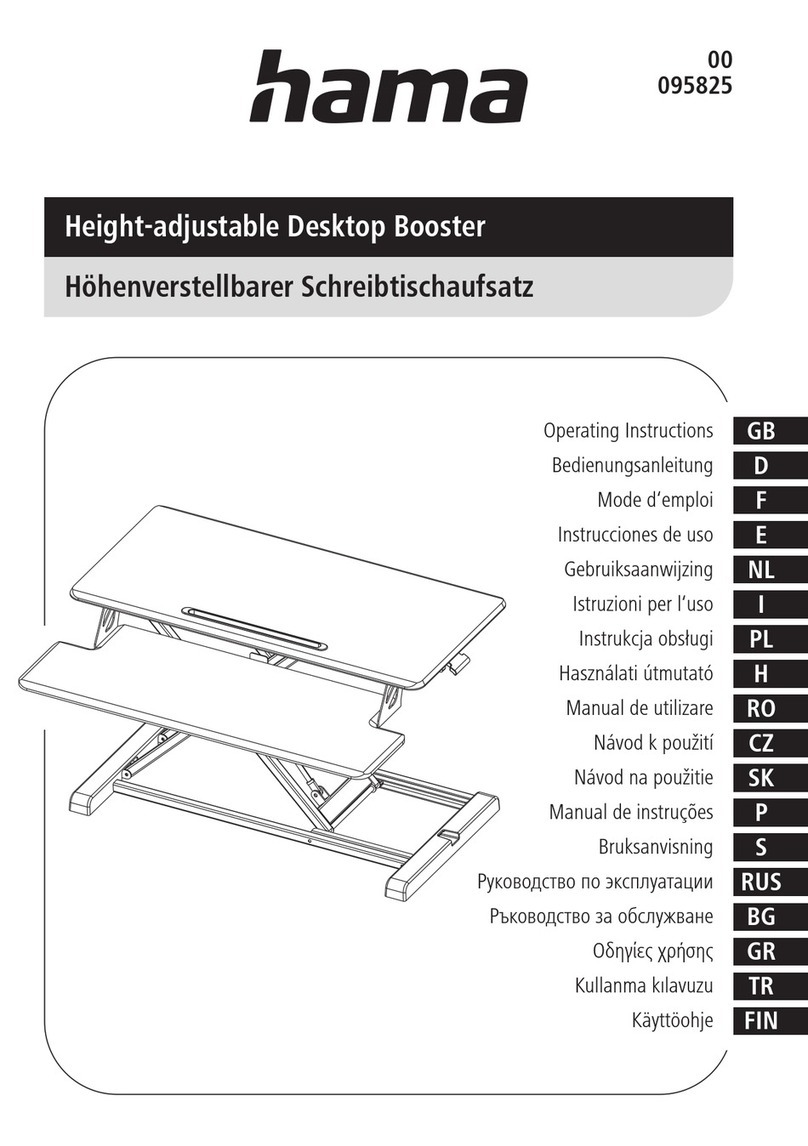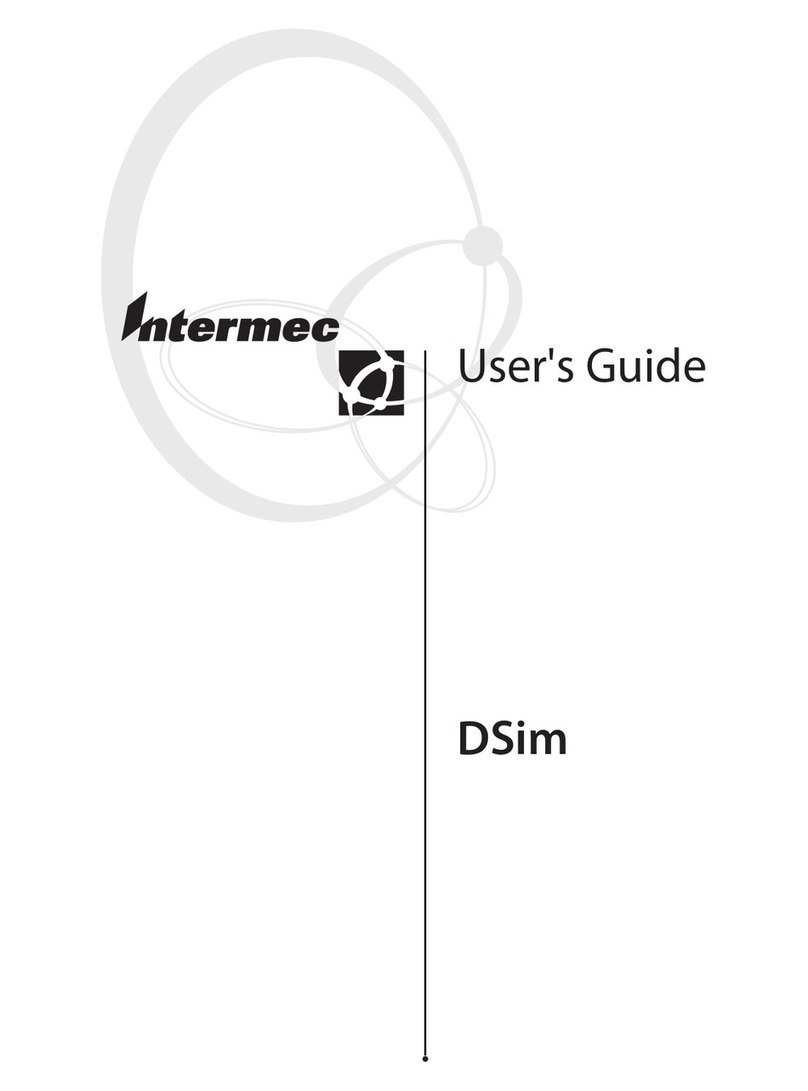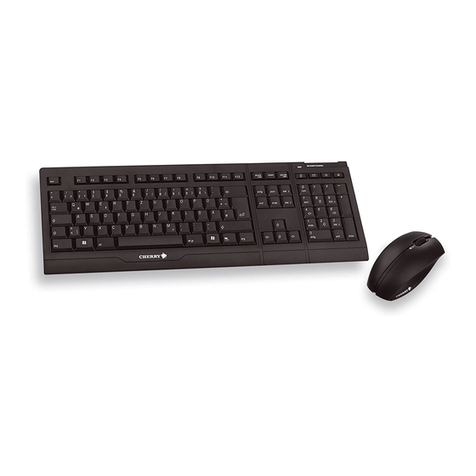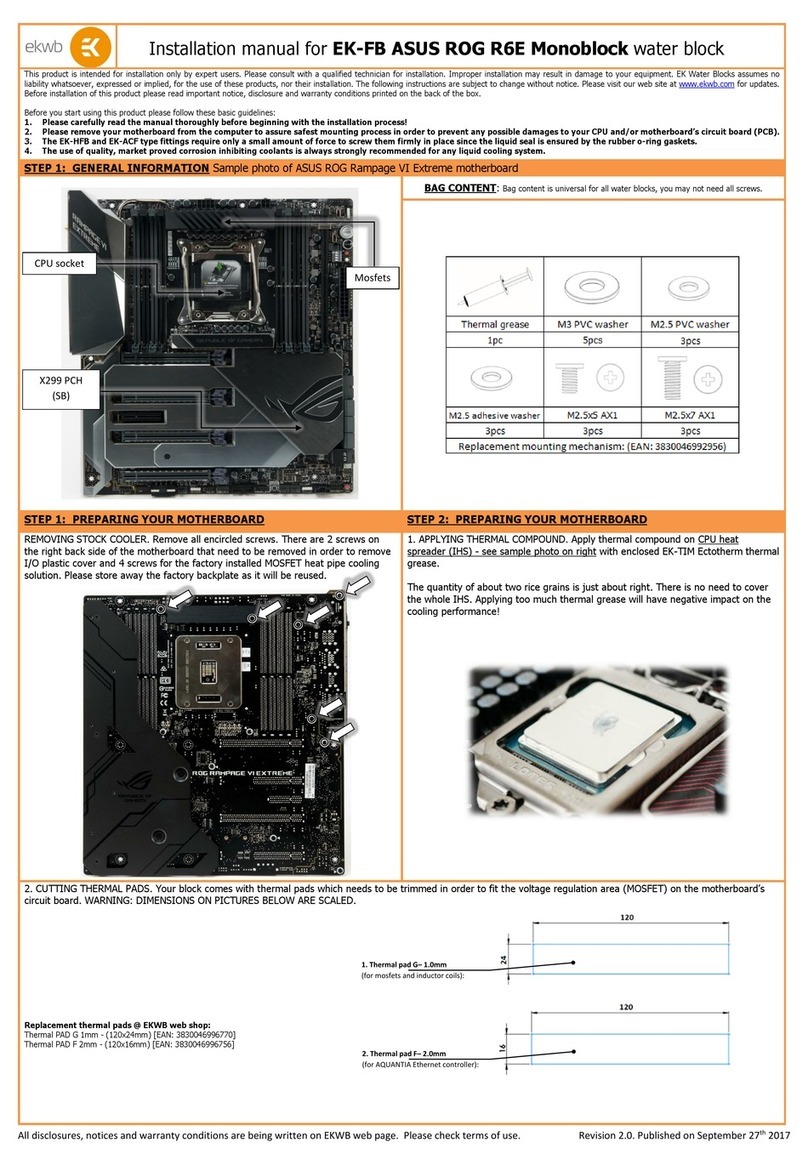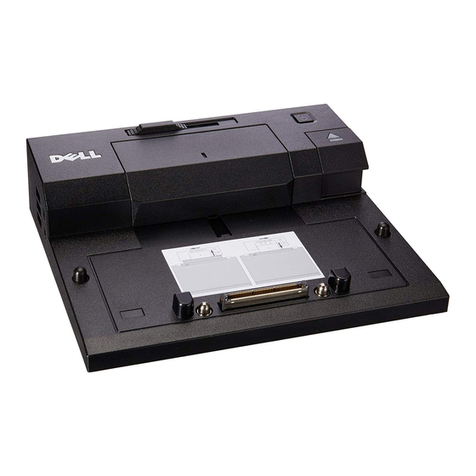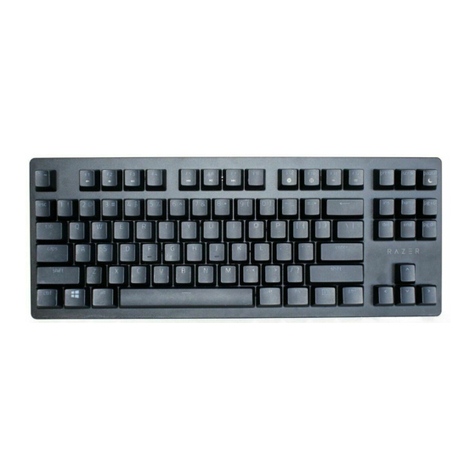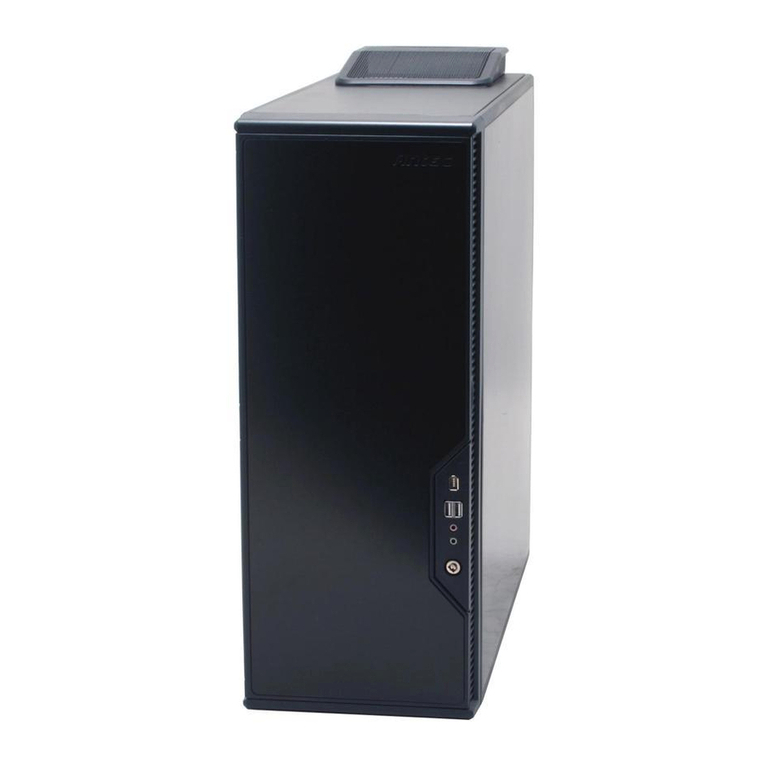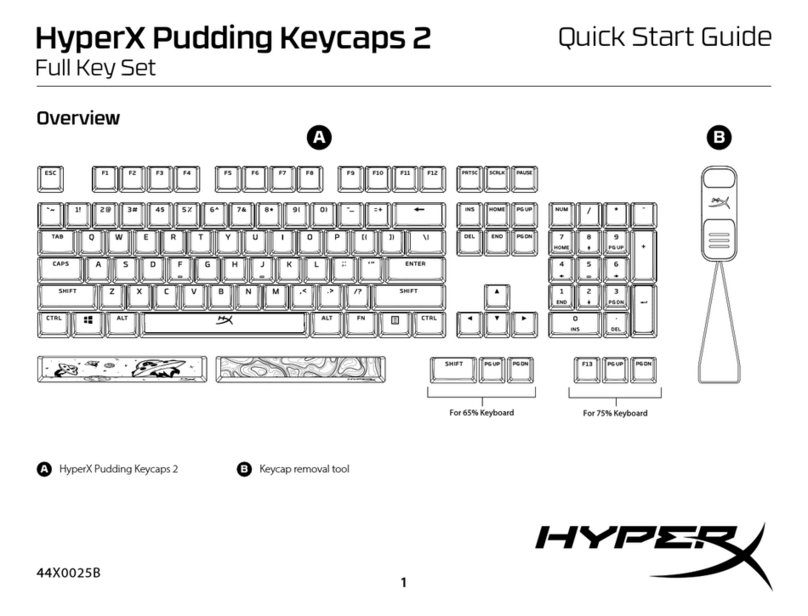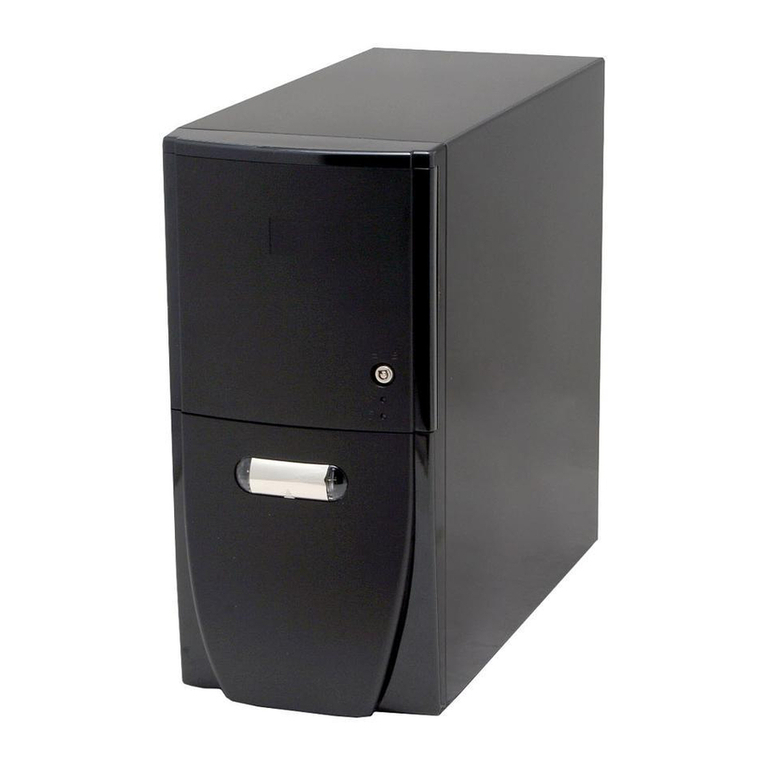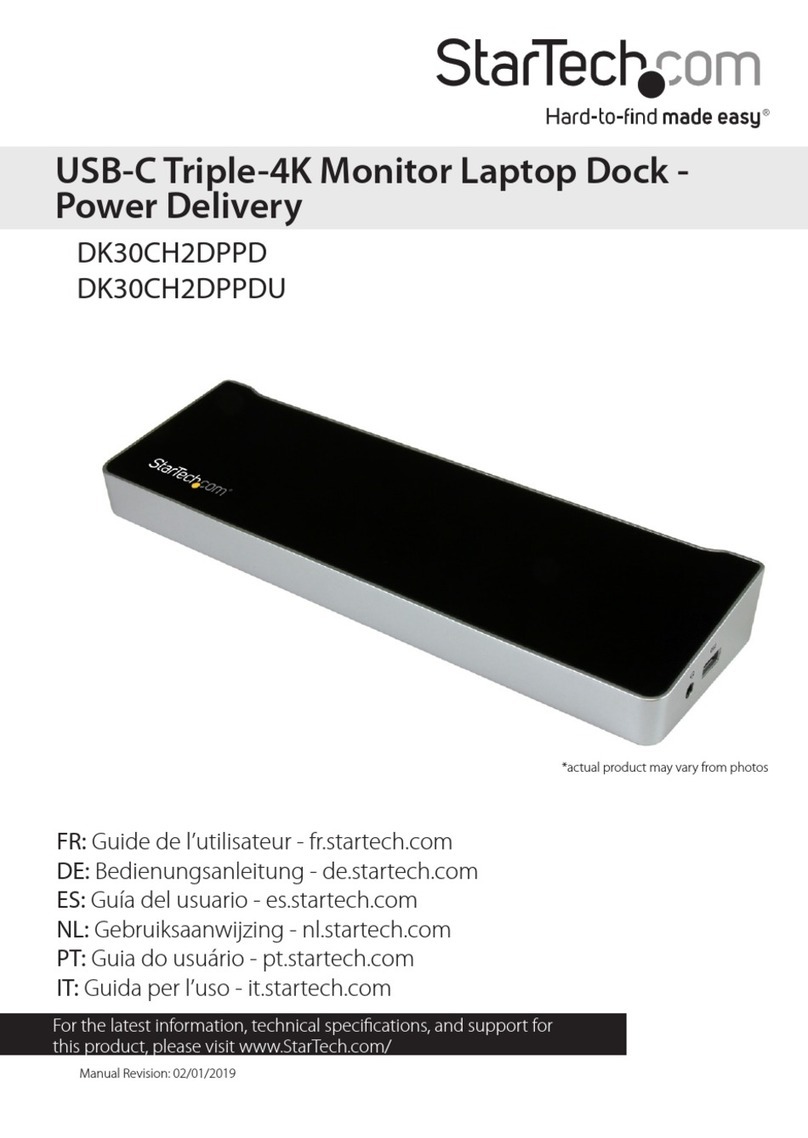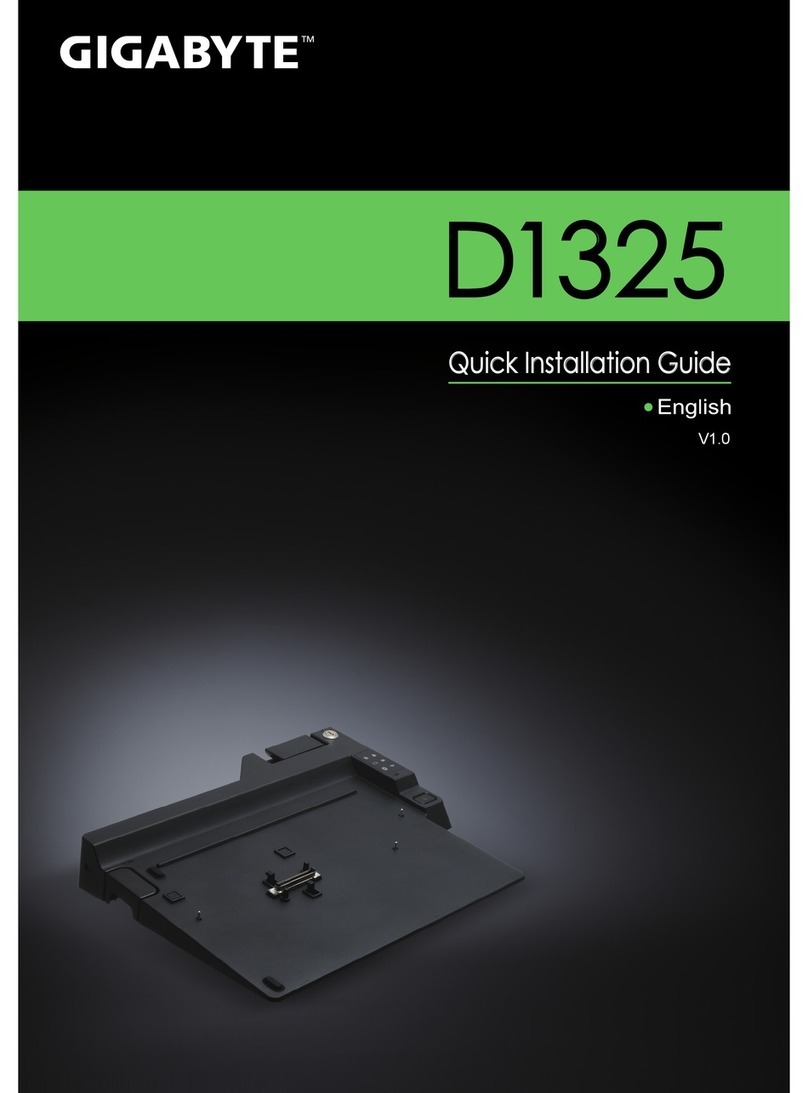Biocontrol topcat User manual

The vole trap.
topcat

Safety precautions
!Not for use by children below the age of 12.
!Keep hands away from snapping trap ➜ can cause injury
!Don’t allow trap to snap closed if empty.
!Use gloves while handling with vole trap (disease transmission).
topcat - trap and accessories
snapper arm
rocker
clamping lever
body exterior
triggers
The different parts of the trap Accessories
Searching rod Ground cutter
Instructions for care
Clean occasionally with water and leave to dry. Rub with
odourless milking grease if needed.
Spare parts
All parts can be individually replaced.
Blocking trap
To block the open trap turn rocker outwards 90°
90 °
cover
Bracket Picket

To find the vole bur-
row, stick the searching
rod 10 – 15 cm deep
into the ground every
5 cm starting by a fresh
mound until a cavity is
detected. Enlarge hole
with rod so that the
direction of the tun-
nel can be determined
with a finger. Avoid
crushing tunnel with
foot.
Cut a clean hole
through the tunnel by
turning the ground
cutter into the ground
until the base is around
3 – 4 cm below the tun-
nel floor. Press gen-
tly so that the tunnel
doesn’t cave in. Pull the
ground cutter with the
clump of earth careful-
ly out of the hole. Press
loose earth down with
the knob of the search-
ing rod so that it does
not block the tunnel.
Position the trap into
the hole. The passage
through the trap should
correspond with the
height and direction of
the tunnel. Cover the
surface of the trap with
earth so that neither
light nor air penetrates
into the tunnel. Make
sure the clamping lever
has enough free space.
Set the snapper arm
and clearly mark the
spot.
Positioning the topcat - trap
Once the release
mechanism has been
set off, gently push
the trap back and
forth to enlargen the
hole, carefully remove
the trap. Dispose of
the dead animal and
replace the empty
trap in the same hole.
Repeat this procedure
for as long as voles are
trapped or the trap is
being filled with earth.
Then remove the trap
and leave a marker
in the open hole. If no
signs of digging are
detected within two
hours, then no voles
are left in the burrow.

How to activate the topcat-trap
2. Push rocker down flat onto
the cover of the trap and
secure. Pull snapper arm all
the way up.
3. Slowly release the rocker, until
the tip touches the tip of the
snapper arm.
1. Press clamping lever with
rocker all the way upwards
through the slit in the cover.
Bringing misaligned triggers into the right position
With the rocker in locking posi-
tion ( p. 15 ), bring the two trig-
gers, one after the other, in posi-
tion and hold them there with
one hand. Grasp the small hook
of the snapper arm and turn
clockwise until the hook and trig-
gers are parallel to the rocker.
Functional check: activate the
trap and check if both triggers
are parallel to the rocker.
Turn snapper arm clockwise. Hold triggers.

Tips
!One to two trap(s) per burrow are sufficient. Check traps frequently, to see if the mechanism
has been set off.
!For voles and moles no bait is needed, while field voles are caught quicker in baited traps:
attach a piece of carrot or apple to the upper trigger.
!If permitted by law, the trap can also be used to catch moles. Check beforehand with the
local authorities! Moles are difficult to catch, though, because they live individually and their
tunnels are more extensive (100 – 250 m) than those of voles. Thus the mole comes more
seldom into contact with the trap. In the feeding areas, the mole continuously digs for food.
Traps positioned here are often filled with earth. Main runways, on the other hand, are
more often visited, the mole moves faster in these tunnels and can be more easily caught.
Patience is needed.
!If a trap is often filled with earth, it might be worth placing it in the same spot again. Clean
the tunnel beforehand and make sure that neither light nor air penetrates into the tunnel.
Check the postion of the triggers once the trap is activated: they should be in line with the
rocker. Reposition the triggers if necessary (see page 15).
!Voles and moles are sensitive to smell. While the smell of humans does not repel them, the
strong odour of dissolvents, dung or perfume does. The traps are then filled with earth. Wash
these thoroughly with warm water. Store traps in an open container in an odour neutral area.
!Trapping can be optimised if catches are protocolled and the following is observed:
– Voles live in family groups: a male, a female (possibly a second female) and in summer 4
to 5 offspring.
– Field mice live in larger groups. More than 10 mice caught in the same spot is not unusual.
– Moles are solitary except during mating season.
!Detailed information on the proper placement of topcat - traps can be found at
www.topcat.ch.

Andermatt Biocontrol AG
Stahlermatten 6 · CH - 6146 Grossdietwil
Tel. +41 (0)62 917 50 05 · Fax +41 (0)62 917 50 06
sales@biocontrol.ch · www.biocontrol.ch
10/10
Other manuals for topcat
1
Table of contents
